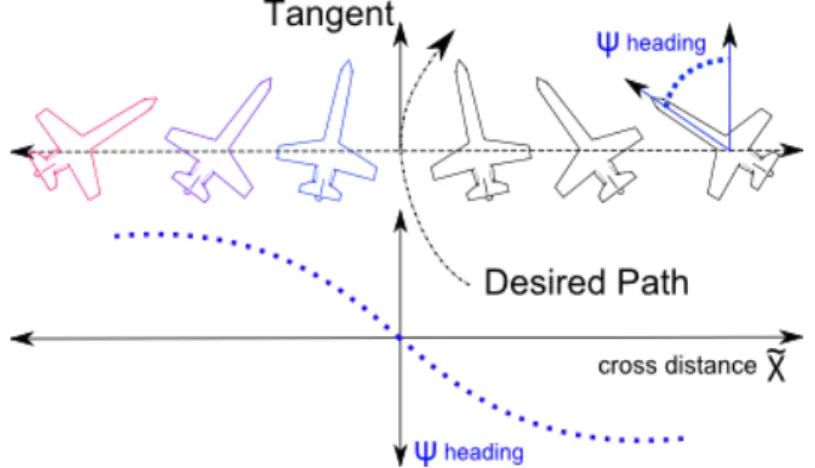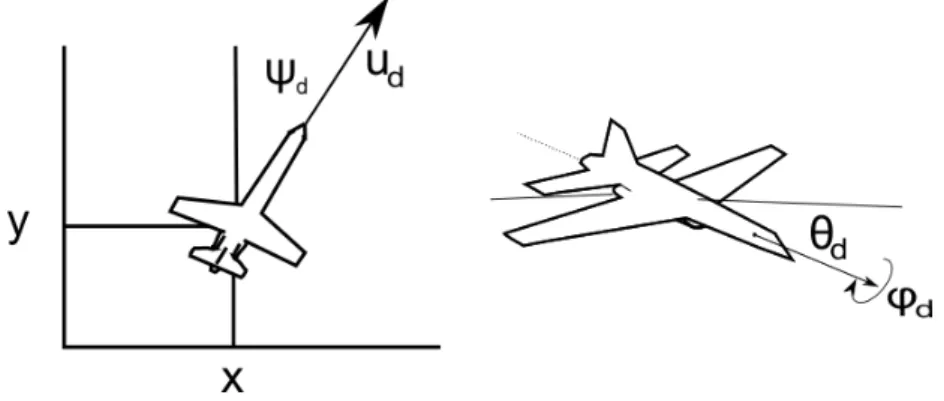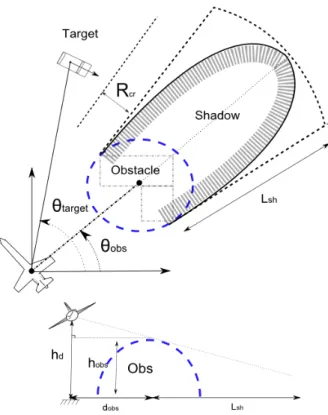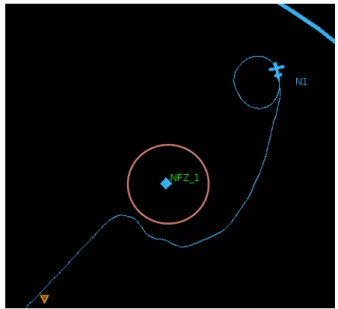On autonomous target tracking for UAVs
Texte intégral
Figure




Documents relatifs
A formation-tracking controller for autonomous vehicles that en- sures uniform global asymptotic stability of the closed-loop system, under the sole assumption that either the
Abbeel, “Motion planning with sequential convex optimization and convex collision checking,” The International Journal of Robotics Research, vol. Lasserre, “Optimality in robot
Abstract— We present an approach to plan trajectories for a fleet of fixed-wing UAVs to observe a wildfire evolving over time.. Realistic models of the terrain, of the fire
Gerold Alsmeyer, Bastien Mallein. A simple method to find all solutions to the functional equation of the smoothing transform.. In order to characterize all solutions within this
More precisel y, if iden tific tion, localiza tion and tracking are the main concerns than we can choose the longer path which insures a high comm unica tion probability and if the
Cette méthode utilise un système asservi classique conçu avec un correcteur PI ou PID utilisant n’importe technique de réglage du correcteur PID ; puis le correcteur PID classique
given resource, or between two different actors & justify his/her suggestion (type of information used by actors?). Each arrow/interaction is characterized by an
A classical approach to ground robot path planning is the construction of a traversability map [Singh et al., 2000] [Gennery, 1999] followed by a graph search method to find the





